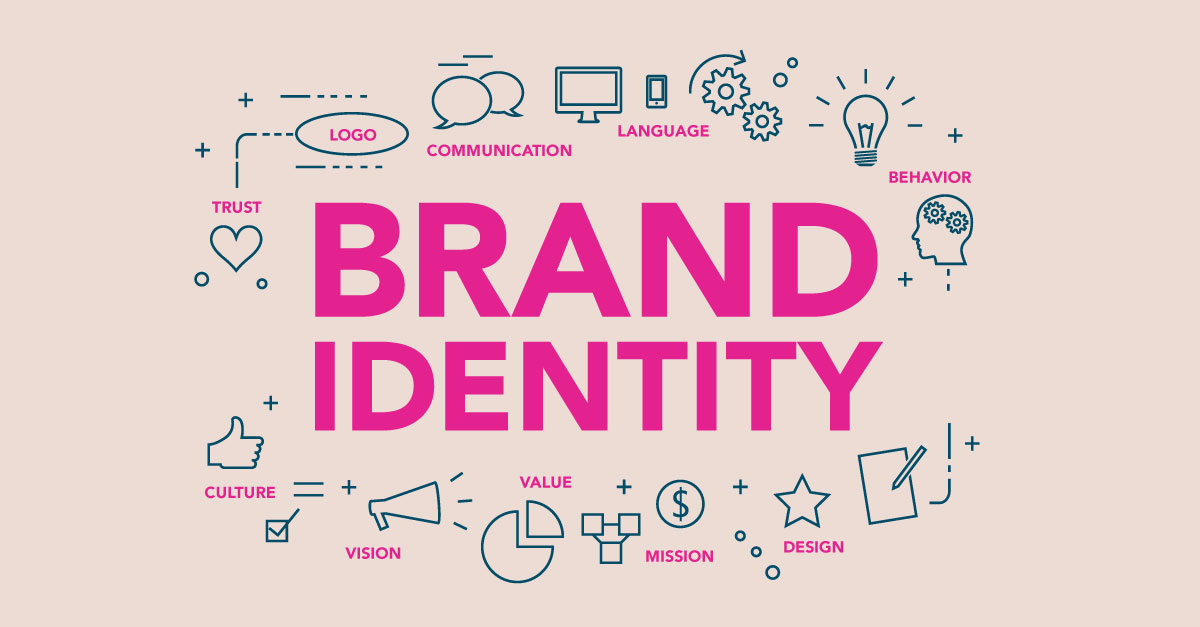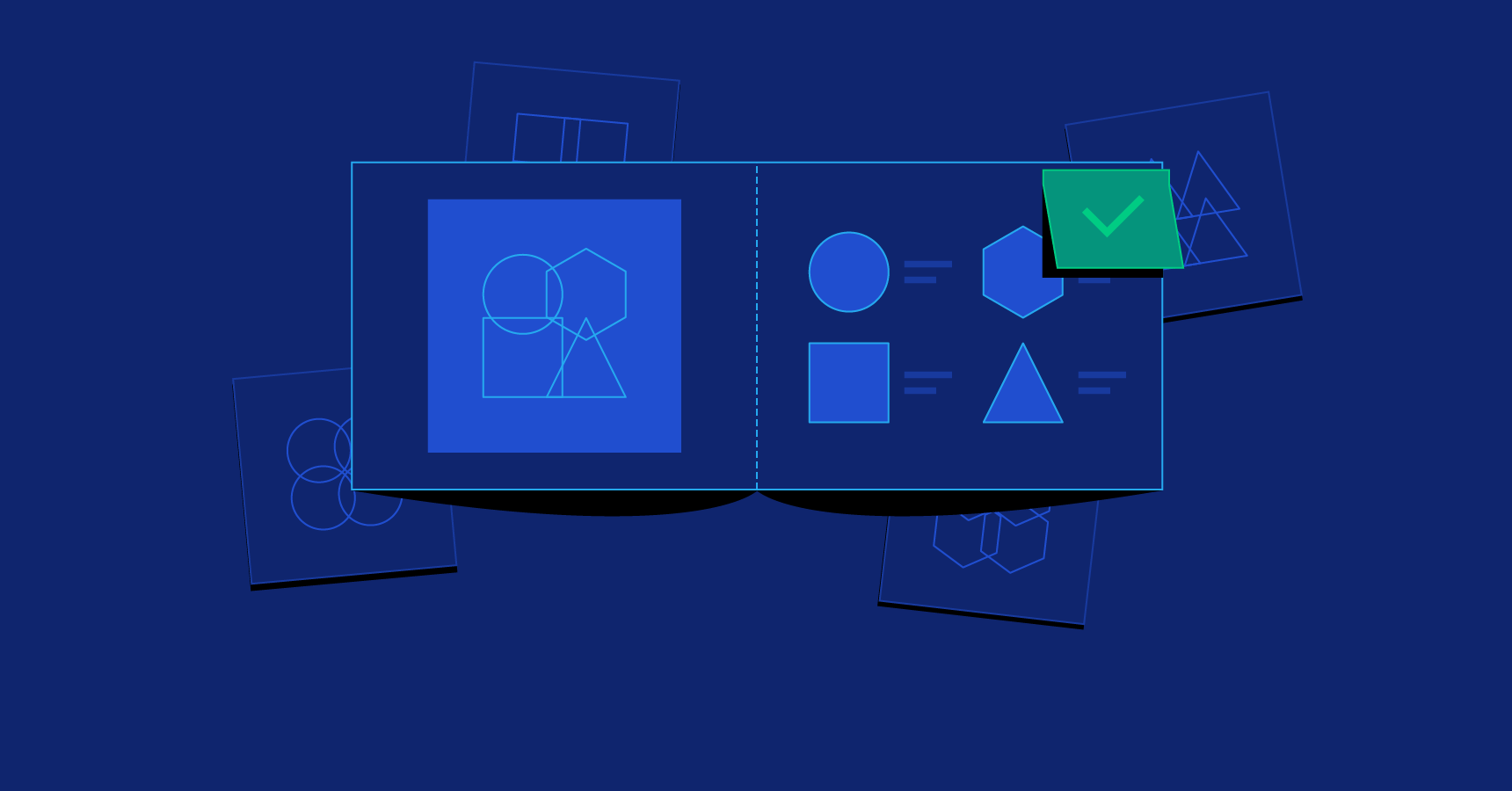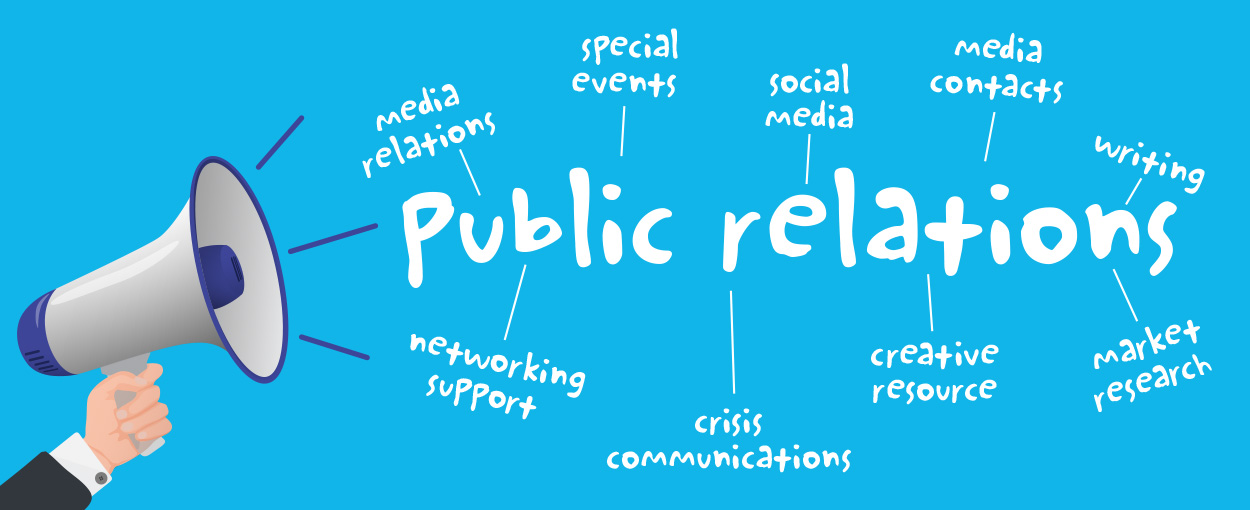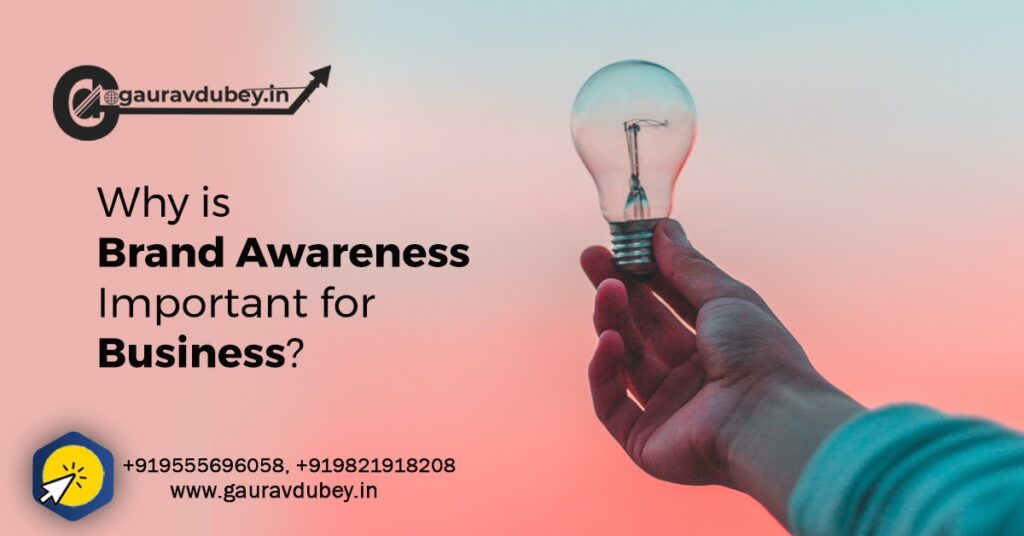The rules of business have evolved during the last few years. Businesses now recognize the value of brand recognition. It is essential to creating a successful company and reputation. A company will never succeed to its full potential without strong brand recognition. Use your resources wisely to create a market-recognized brand if you want your business to be considered seriously.
What is Brand Awareness?
The degree to which a brand is recognized by the target market and connected to a particular good or collection of goods is known as brand awareness.
If he-
- Observing the brand and other brands while buying
- He discusses the product category with his pals,
- The brand’s advertisement is read or heard,
- Reads, hear, etc., news about the company.
- Purchases goods from the brand,
- Possesses prior experience with the brand or the product category.
The first step in strategically influencing a customer’s purchase decision is brand awareness. Companies spend millions of dollars just to spread the word about their brands.
Why Brand Awareness is Important?
Brand recognition is the initial stage in spreading brand awareness. However, the value of brand recognition does not stop there. The more you polish it, the more brilliant it will become, much like a diamond.
- It Creates Perception
- It Fosters Trust
- It Creates A Network
- It Creates Association
- It Builds Brand Equity

How do you build Brand Awareness?
There are several ways to build brand recognition and enhance the perception of your business. Here are some recommendations for efficiently raising brand awareness.
1. Enduring brand identity
Your brand identity is a crucial component of digital media marketing. This makes your brand more enduring and strengthens its authority with customers. Your brand is strengthened and more defined when it has a strong identity.

2. Identifying a brand
You are viewed as a brand in this way. The first and most crucial element of any digital media strategy is the placement of your brand.

Simply, having a solid positioning will help your brand gain market share among potential customers. It provides your brand with a voice and an unmistakable point of view.
3. Earned coverage
Earned assets are the free publicity you receive from word-of-mouth, PR, customer reviews, and other sources. Hire a PR firm to assist you if you’re just getting started and are unsure of the PR aspect. To help you start a successful campaign, they will mentor you through the entire process and build relationships with journalists.

To help you develop your brand, you can also receive press attention on several websites. You must put effort into establishing connections with journalists if you’re going it alone. Get your goods covered in the press on various websites.
4. Paid Media
When your business cannot obtain sufficient exposure on free media, your only option is to use paid advertising. To set your brand apart from the competition, use paid advertising. In order to maximize their resources, most firms use sponsored media. Among the most popular forms of paid media are TV, newspapers, search engine marketing, social media marketing, native advertising, paid influencers, and paid promotion platforms.

5. Contribute to content marketing
Make sure you have effective content marketing tactics in place because your content will ultimately determine how well your marketing initiatives perform.

6. Please your customers.
Give your customers a reason to endorse you because word-of-mouth advertising has the lowest friction. Engaging customer experiences generate favorable word of mouth, which boosts revenue, a company’s reputation, and the opportunity to foster brand loyalty.

7. Publish information that people will want to share.
The importance of content for online consumer attention is equal to that of a beautifully presented product inventory or a top-notch e-commerce website. For businesses to improve traffic, sales, and customer happiness, they must produce content that will be shared on social media. Online, people only sometimes share everything, but they do share the things that are significant to them. Building a community of people who want to talk about what you’ve done and producing shareable content are the two components that determine virality.

7. Measuring your marketing efforts
Establish marketing goals for your initiatives and track their success against them. When you next set your marketing budgets, this knowledge will be helpful.

8. Put the needs of your target audience ahead of audience size.
To learn more about your audience, explore your analytics. Avoid choosing partners and channels just because they have a large audience; check to determine if they include your target audience.


